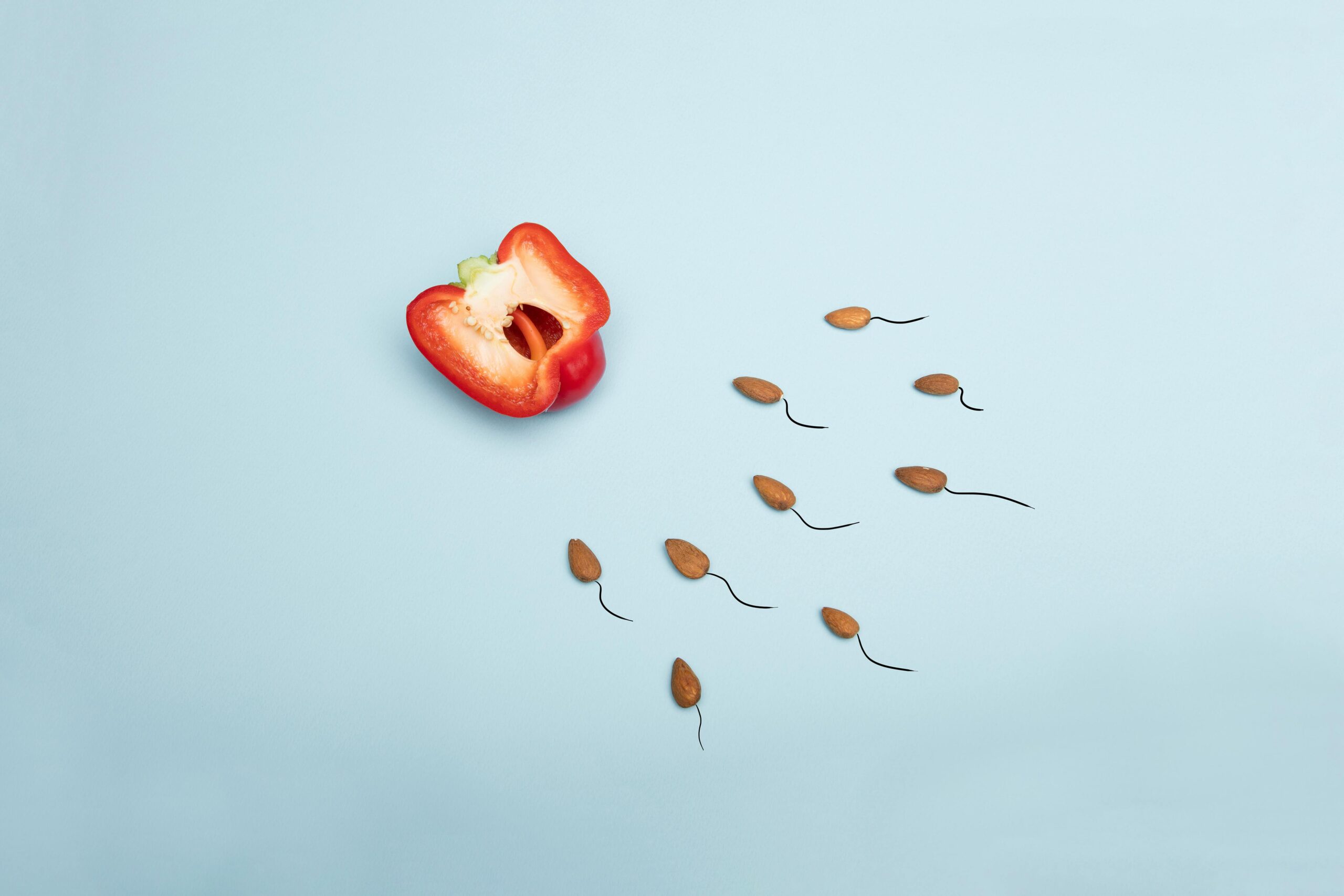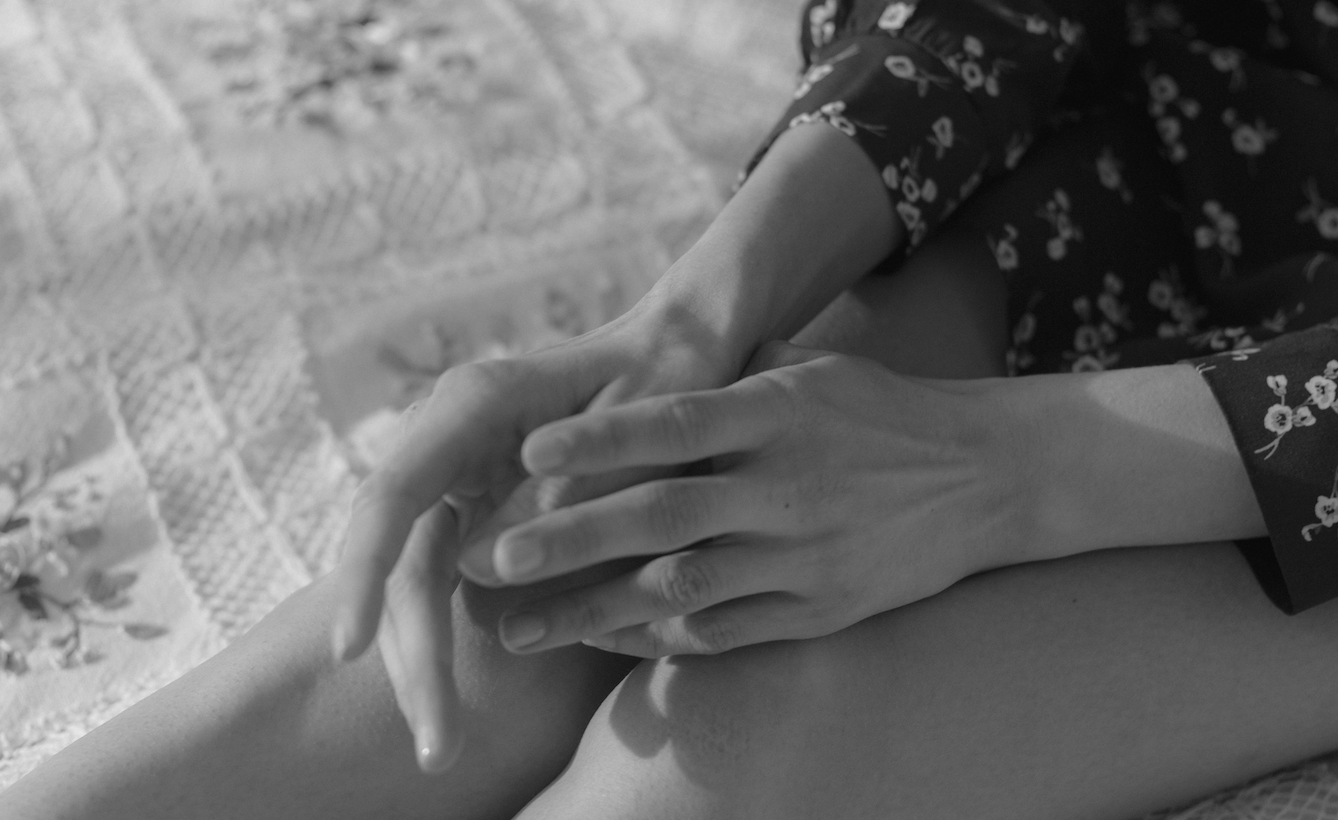
By Monica Lowry
Parents want what’s best for their children, and really that’s one of the most beautiful truths of the human race. But the assumption that we’re all doing as much as we can to help our kids also leaves us vulnerable to some deeply rooted societal biases. In other words, parents can easily fall into established patterns that can actually be harmful for children, without even realizing it. In the context of this discussion, I’m talking about the ways in which we outfit young boys and girls, which is often inherently tied to gender discrimination.
I realize that sounds a little bit dramatic, because not many parents are out there consciously discriminating between their children of different genders. But if you doubt that outfitting plays a major role in establishing gender roles from an early age, take a look at this editorial from Alternative Mama, which theorizes quite correctly that gender discrimination starts from birth. We swaddle baby girls in pink and baby boys in blue, almost without exception. Pink or blue balloons adorn the mailbox of a couple that just welcomed a new child, and sometimes parents even go so far as painting a nursery the “appropriate” color.

I’m not suggesting there’s anything sinister going on here. With infant children, the pink or blue swaddling is almost as much for identification as for outfitting. Infants can look fairly unisex at a glance, and pink or blue cloth is a convenient way of letting excited friends and relatives know whether it’s a boy or a girl. I get it. But it doesn’t change the fact that we begin to establish an idea that there are clothes boys and girls are supposed to wear quite literally the moment they’re born.
And as was expressed in the aforementioned Alternative Mama article, that idea tends to grow into a set pattern as kids grow older. We continue to buy boys’ and girls’ clothes based on colors and thematic interests commonly associated with either gender. Similarly, we buy toys that are thought to suit one gender or the other—dolls for girls and action figures for boys, for example. And by doing so, even with perfectly loving intent, we’re essentially setting our children onto pre-defined tracks, showing them what their interests and preferences “should” be without necessarily offering them the chance to express their own genuine tastes and tendencies.

But the first step is usually the clothing. It begins with the pink-or-blue dilemma, and expands into toddler and young child clothing—areas in which there have actually been lively discussions about sexism in recent years. There are a lot of examples of this discussion out there, but Bustle tells you everything you need to know by pointing out actual children’s onesies that read as follows: for boys, it’s “Training to be Batman;” and for girls, it’s “Training to be Batman’s Wife.” Another example compared “Future Man Of Steel” with “I Only Date Superheroes.”
Clearly shirts like those set a dangerous precedent and establish skewed and inappropriate gender roles. And unfortunately, similar examples are not that hard to find. On a tamer but still problematic level, it’s also exceedingly common to find boys’ and girls’ clothing that’s separated by theme rather than overt message. You may see scientific images or sports symbols on boys’ tees, for example, with girls’ counterparts featuring rainbows and glitter. Again, clothing like this is putting our children into pre-defined grooves before they can decide on their own preferences.

On the plus side, this issue has been illuminated pretty frequently in recent years by various editorials and even clothing designers seeking to bring about a shift toward gender-neutral clothing for young children. What that means specifically varies from one clothing line to another, but UK-based Tootsa MacGinty has pioneered several concepts, with one idea being the use of themes that are inherently gender-neutral.
In other words, the designer’s safari shirt that features various animal images would appeal to most any boy or girl, with no indication of which gender it’s made for. Another idea the company has made clear use of is adorning kids’ clothes with varied and bright blends of color, so that kids don’t get stuck too early in a single line of color.
It’s a very simple adjustment, but these are the sorts of things to look for in beginning to fight gender stereotypes at the very root of the problem. That’s not to suggest that merely putting boys and girls in different shirts will solve all of the gender inequality issues we have in our world. But it can do a lot to help the kids themselves grow up without skewed views on how they ought to act or be perceived, and that’s a very important step in the process.

Monica Lowry is a mother, freelance writer, and entrepreneur based in Atlanta, Ga.

















Thanks for supporting every child. Well I am a girl and I hate pink. But ever on. My birthday gives me pink gifts and dolls. Why just they can be gender neutral